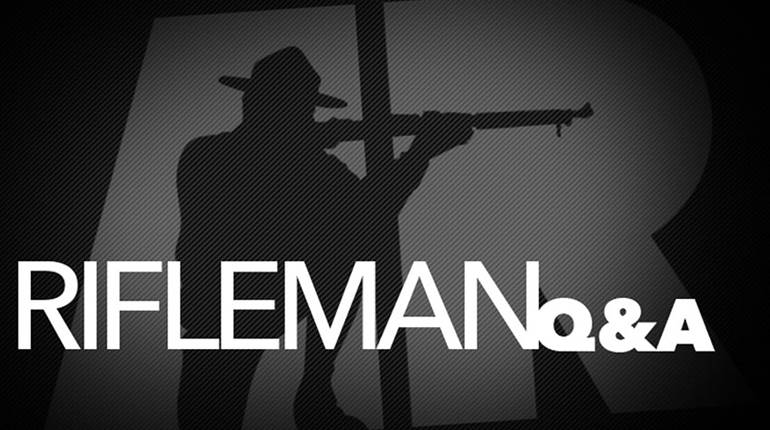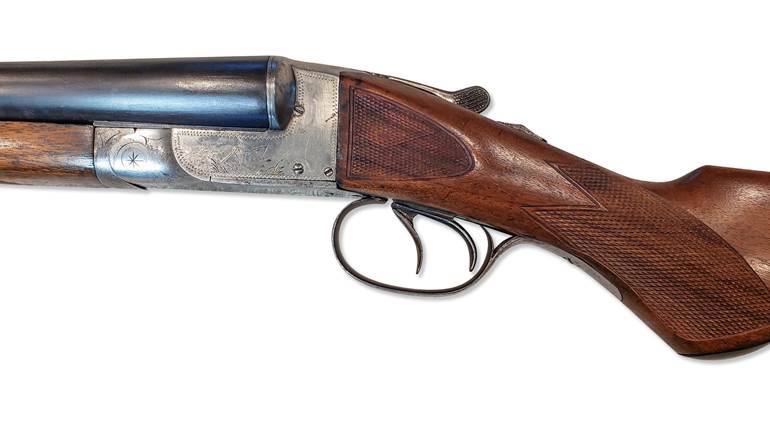
Q: I recently saw a British No. 4 Mk I Enfield rifle manufactured by the Savage company that was marked “U.S. Property.” I didn’t realize that these rifles were manufactured for the United States during World War II, nor have I ever heard of them being issued to American troops. Can you enlighten me?
A: In 1940, the British government faced a shortage of military firearms, exacerbated by the debacle at Dunkirk. So it made arrangements with a number of American firms to manufacture the badly needed arms, and, to that end, contracted with Savage Arms Corp. to manufacture 200,000 Enfield No. 4 Mk I rifles at the J. Stevens Arms Co. factory in Chicopee Falls, Mass.

Since America was ostensibly a neutral country at the time, the contracts required that manufacture of the arms be on a “cash and carry” basis. However, the British government did not have the financial resources to continue paying cash for the rifles obtained from the United States.
In order to continue assisting our important ally, President Franklin Roosevelt was instrumental in having the Lend-Lease Act passed in March 1941. Under the terms of the act, the United States government took over existing British contracts for arms manufactured by American companies. In order to comply with the Lend-Lease legislation, arms provided to any allied nation had to be marked to denote that they were technically the property of the United States.
The first few thousand Enfield rifles made by Savage under the original British contract were not marked “U.S. Property,” but after passage of the Lend-Lease Act, the marking was added. These rifles were not intended for issue to American troops, and the “U.S. Property” markings were applied strictly to conform with the technicalities of the Lend-Lease Act.




































